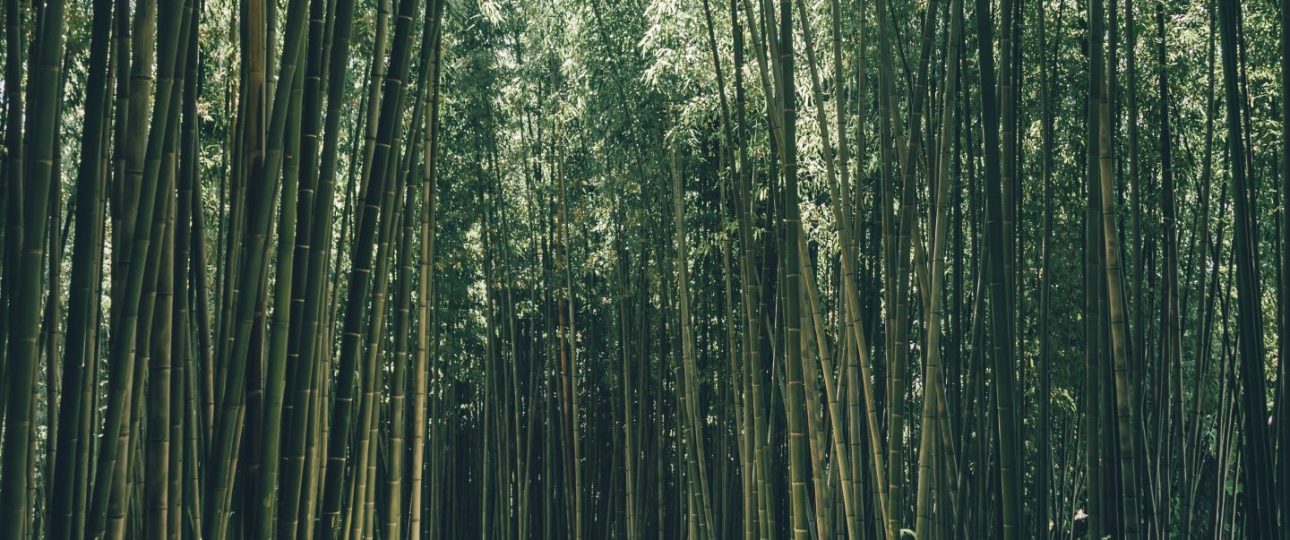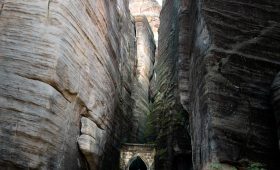Damyang Bamboo Forest in South Korea
Exploring Damyang Bamboo Forest
Damyang Bamboo Forest, also known as Juknokwon, is a renowned destination in South Korea. Located in Damyang County, this bamboo grove covers an area of 310,000 square meters and features eight distinct trails, each with its own theme. The forest is a popular spot for both locals and tourists, offering a serene escape into nature.
A Unique Natural Experience
The forest is one of the northernmost places where bamboo grows on the Korean peninsula. Walking through the dense bamboo groves, visitors are enveloped in a tranquil atmosphere. The towering bamboo creates a canopy that filters sunlight, casting a gentle green glow. The sound of rustling leaves adds to the peaceful ambiance.
Cultural and Historical Context
Bamboo holds significant cultural value in Korea, used historically in crafts and construction. Damyang capitalizes on this heritage with attractions like the Bamboo Museum and the annual Bamboo Festival. The area also features historical sites such as the fortress of Geumseongsanseong and Soswaewon, a private garden ideal for meditation.
Best Time to Visit
The forest is beautiful year-round, but spring and autumn offer the most striking views. In spring, new bamboo shoots emerge, while autumn brings vibrant foliage. The nearby metasequoia path is particularly stunning in late October to early November when the leaves change color.
Getting There
Traveling to Damyang from Seoul involves taking a high-speed train to Gwangju, followed by a bus or taxi to Damyang. The journey takes about three hours. Once in Damyang, local buses and bicycle rentals make it easy to explore the area.
Local Attractions and Activities
Besides the bamboo forest, Damyang offers a variety of attractions. The Gwanbangjerim forest, a natural monument, and the fortress of Geumseongsanseong are worth visiting. Food enthusiasts can enjoy local specialties like Damyang tteokgalbi and bamboo-cooked rice.
Considerations
While Damyang offers a peaceful retreat, it can become crowded during peak seasons. Plan your visit during weekdays or early in the morning to avoid large crowds. Also, be prepared for limited English signage, so having a translation app or guidebook can be helpful.




